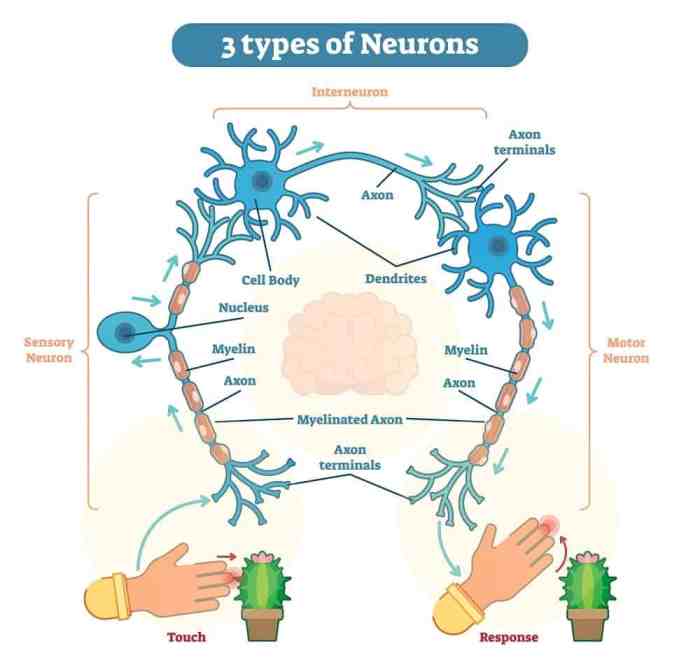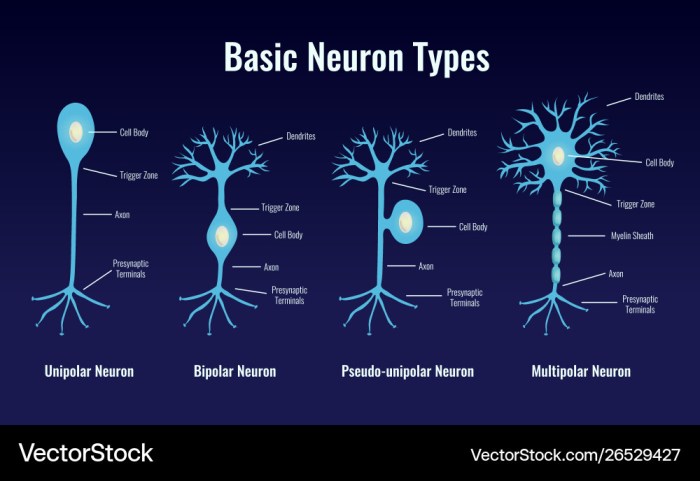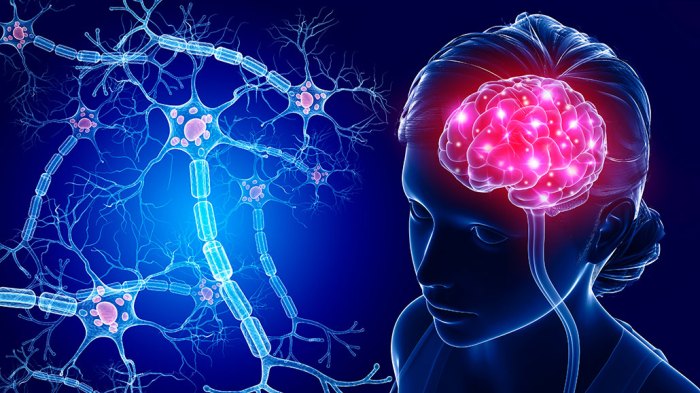How many neurons in the human body? This question has puzzled scientists for centuries, and the answer is not as straightforward as you might think. The human nervous system is a complex network of billions of neurons, and estimating their exact number is a challenging task.
Despite the challenges, scientists have developed various methods to estimate the number of neurons in the human body. These methods include postmortem studies, stereological techniques, and magnetic resonance imaging (MRI). While each method has its limitations, they have all provided valuable insights into the makeup of the human brain.
Human Nervous System and Neurons
The human nervous system is a complex network of neurons that transmits information throughout the body. Neurons are specialized cells that are responsible for sending and receiving electrical signals. They are the basic unit of the nervous system and play a vital role in everything from movement to thought.
There are many different types of neurons in the human body, each with its own unique function. Some of the most common types of neurons include:
- Sensory neurons: These neurons receive information from the outside world and send it to the brain and spinal cord.
- Motor neurons: These neurons send signals from the brain and spinal cord to the muscles, causing them to contract.
- Interneurons: These neurons connect sensory neurons to motor neurons and help to process information.
Estimating the Number of Neurons
Determining the exact number of neurons in the human body poses significant challenges due to the sheer complexity and vastness of the nervous system. Nevertheless, scientists have devised various methods to approximate this count, each with its own advantages and limitations.
Methods for Estimating Neuronal Count
Several approaches have been employed to estimate the number of neurons in the human brain and body. These include:
- Direct Counting:This involves manually counting neurons in tissue samples under a microscope. While accurate for small samples, it becomes impractical for larger areas due to the time-consuming and labor-intensive nature of the process.
- Stereology:This technique uses statistical sampling and mathematical formulas to estimate the total number of neurons in a given volume of tissue. It involves dividing the tissue into smaller sections and counting neurons in a representative sample, then extrapolating the results to the entire volume.
- Morphometry:This method measures the physical characteristics of neurons, such as their size and density, to estimate their total count. It involves analyzing images of tissue samples and using mathematical models to calculate the number of neurons based on the observed measurements.
Regional Distribution of Neurons
The distribution of neurons in the human brain varies significantly across different regions, reflecting the specialized functions of each area. The cerebral cortex, which is responsible for higher-order cognitive functions such as language, memory, and decision-making, contains the highest density of neurons.
The cerebellum, involved in motor coordination and balance, also has a high concentration of neurons. In contrast, the brainstem, which controls vital bodily functions like breathing and heart rate, has a relatively lower density of neurons.
Cerebral Cortex
The cerebral cortex is the outermost layer of the brain and is responsible for complex cognitive functions. It is divided into two hemispheres, each of which is further divided into four lobes: the frontal lobe, parietal lobe, temporal lobe, and occipital lobe.
Each lobe has a specific set of functions, and the distribution of neurons within each lobe reflects these specializations. For example, the frontal lobe is involved in higher-order cognitive functions such as planning, decision-making, and problem-solving, and it contains a high density of neurons.
The occipital lobe, on the other hand, is responsible for processing visual information, and it contains a high density of neurons specialized for visual processing.
Cerebellum
The cerebellum is located at the back of the brain and is responsible for coordinating movement and balance. It receives sensory information from the body and uses this information to fine-tune motor commands. The cerebellum contains a high density of neurons, including specialized neurons called Purkinje cells, which are involved in coordinating movement.
Brainstem
The brainstem is located at the base of the brain and connects the brain to the spinal cord. It controls vital bodily functions such as breathing, heart rate, and blood pressure. The brainstem contains a relatively lower density of neurons compared to the cerebral cortex and cerebellum, but these neurons are essential for maintaining homeostasis and survival.The regional distribution of neurons in the human brain reflects the specialized functions of each area.
The cerebral cortex, cerebellum, and brainstem each have unique neuronal populations that contribute to their specific roles in controlling thought, movement, and vital bodily functions.
Neuronal Density and Connectivity: How Many Neurons In The Human Body

Neurons, the fundamental units of the nervous system, vary in density across different brain regions. The cerebral cortex, responsible for higher-order functions, exhibits the highest neuronal density, while the brainstem, controlling basic functions, has a lower density.
Neuronal Connectivity
Neurons communicate with each other through synapses, forming intricate networks. The connectivity between neurons is crucial for brain function. The human brain contains an estimated 100 trillion synapses, enabling complex information processing and cognitive abilities.
Factors Influencing Neuronal Count

The number of neurons in the human body is not fixed and can vary depending on several factors. These factors include:
Age
As we age, the number of neurons in our brains gradually decreases. This is due to a combination of factors, including cell death, oxidative stress, and inflammation. The rate of neuronal loss accelerates with age, and it is estimated that we lose about 10% of our neurons every decade after the age of 20.
Genetics
Genetics also plays a role in determining the number of neurons we have. Some people are simply born with more neurons than others. Additionally, certain genetic mutations can lead to neurodegenerative diseases that cause the loss of neurons.
Environmental Factors, How many neurons in the human body
Environmental factors, such as exposure to toxins, head injuries, and stress, can also affect the number of neurons we have. Toxins, such as lead and mercury, can damage neurons and lead to their death. Head injuries can also cause neuronal damage, and chronic stress has been linked to a decrease in the number of neurons in the hippocampus, a brain region involved in memory and learning.
Closure

The number of neurons in the human body is a testament to the complexity and power of the human brain. These tiny cells are responsible for everything from our thoughts and emotions to our movements and memories. As we continue to learn more about neurons, we will gain a better understanding of ourselves and our place in the world.
Helpful Answers
How many neurons are in the human body?
The exact number of neurons in the human body is unknown, but estimates range from 86 billion to 100 billion.
What are the different types of neurons?
There are many different types of neurons, each with its own unique structure and function. Some of the most common types of neurons include sensory neurons, motor neurons, and interneurons.
Where are neurons located in the human body?
Neurons are located throughout the human body, but they are most concentrated in the brain and spinal cord. The brain contains about 80% of the neurons in the body.